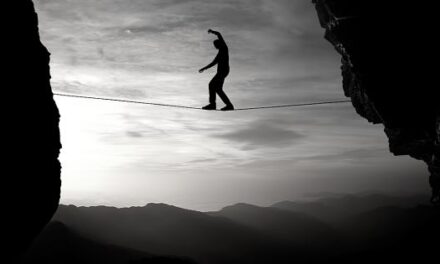It appears to fight to break the glass ceiling is a war that is never-ending. Hillary Clinton’s failed campaign – ironically she lost but won more votes, no one said that inequality was fair – against a raging misogynist, who even had the gall to criticise Time Magazine for naming him person of the year instead of man of the year, highlighted just how uncomfortable the American people are with a woman in power.

And it’s not so different on this side of the pond. She was the most qualified, experienced candidate in history. But, the winning candidate is completely out of touch with reality, has filed for bankruptcy numerous times, been involved in numerous lawsuits, but is male, white and wealthy, so naturally he won the vote. How does this relate to Australian women in business? The facts were there, one person more qualified, the other brasher; one candidate more experienced, the other more likeable; both the product of the patriarchal global system which disenfranchises women and minorities and lauds white men. Is this just how we are? Is there hope for change? We all thought there was, but the political atmosphere globally – bar one – is shifting far right. Is this translating to Australian business and Australian business women?
Numbers Don’t Lie and Australia Has Slipped
Australia slipped down to 46 out of 144 countries in the ranking of gender equality in the World Economic Forum report this year. Australia had ranked 36th last year, but is currently lagging behind New Zealand (9th), Ireland (6th), Rwanda (5th) and the top spots went to northern European countries – who also clinched some of the top spots for happiest place to live – Sweden (4th), Norway (3rd), Finland (2nd), and Iceland (1st). Suddenly living in a colder climate doesn’t seem that bad after all…
According to the Workplace Gender Equality Agency (WGEA), Women make up half of the nation’s workforce but earn only 77 per cent of men’s average full-time income. Their report attests the average full-time female employee took home $26,853 less than the average male employee in 2015-16, with the salary difference rising to $93,884 at the top level of management. They found women hold just over 16% of CEO and 42.6% of managerial roles, with the largest pay gap in the Financial and Insurance Services. However, numbers indicate there has been lower pay gaps (23.1%, down 1.6%), greater movement of women into management roles and increased action from employers to address gender equality. All hinting at changes to come in the future. Today in Australia, your manager or team leader may be a woman, but your boss is most likely a man. But those bosses look like they are starting to challenge those numbers.
The Wage Gap is Real…ly Complicated
Yes, there is a wage gap. But, it’s not simply a case of two people doing the exact same job, at the exact same expertise and efficiency and then being paid significantly different wages due to whether or not they have a Y or an X chromosome.
Australian women on average are still earning nearly $27,000 a year less than men despite making up half the workforce, five in six CEOs are men, and women make up just over a third of management positions. Serial entrepreneur Shaun McGowan of Lend Capital Pty Ltd says “For women to be successful in small business they need leadership roles to acquire the skills and knowledge to lead their own teams, to be treated as equals!”
As it turns out, men – on average – tend to go out for more high risk work, like on an oil rig. Because it’s so dangerous they are paid more than a day care worker. The 9,276 female graduates for 2014-15 represent almost half (47.3 per cent) of all graduates, and most of them are sticking to female-dominated, and generally lower paid jobs in education, social care, service industry, which skews the wage gap results and causes much confusion to the masses.
According to the Wall Street Journal, referring to the gender wage gap as a ‘White Collar Phenomenon’ states that the gap can be attributed to many factors, among them women are less likely to ask for a raise than their male counterparts, be subject to gender bias or discrimination, women generally choosing lower paid professions, or be penalised or discouraged from returning to the workforce after interrupting their career to start a family. This all adds up to making it a difficult and confusing matter for lawmakers. So while equal pay for equal work makes for a great slogan, actually closing the gender gap make take years (some save over 170 years) for the gap to close.
Attitudes Are Shifting Glacially
Glaciers are beautiful magnificent and breathtaking, but they are really really slow – much like attitudes towards women in power. Even with global warming glaciers are not moving that fast; but with a climate change denier about to become the leader of one of the last superpowers in the world, those glaciers might start shifting faster.
According to WGEA’s report, employers are stepping up to the challenge the numbers with proactive gender equality policies. In fact, more than 70 per cent of employers reported they have policies in place to support gender equality. As mentioned above, women are moving into managerial roles more and more. They may soon reach equality there and move up the ranks. There is movement in the right direction, that movement is slow, but the women are coming.
The fact is that it is becoming more and more socially acceptable for a man to be in typically female role, and more and more female entrepreneurs are making and breaking ground throughout the world. Attitudes towards typical gender roles are changing, and this spells hope for the future and more diverse and thriving marketplace for women, and their male counterparts.
She’s making her way to the boardroom, whether you like it or not.




















